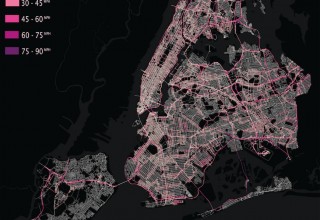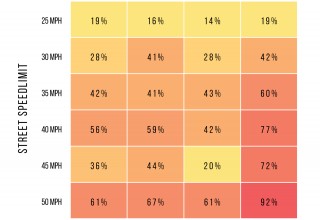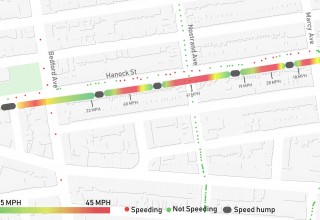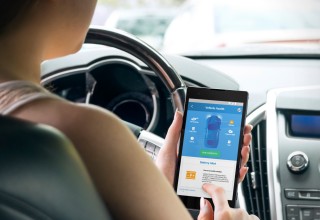Research: The Worst Roads and Habits of New York Drivers
Research from NYU and connected car company Dash provides insights on bad driving behaviors of New York drivers across the boroughs.
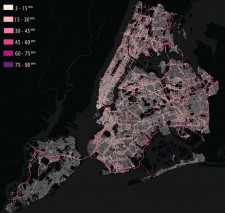
NEW YORK, June 7, 2018 (Newswire.com) - Dash, the New York City connected car platform, teamed up with New York University’s Rudin Center for Transportation Policy and Management to analyze the behavior of hundreds of New York City drivers and found a city full of speeders. Dash shared a sample of anonymized data — from its database of nearly 100m miles of driving — with Rudin researchers, giving them unprecedented insights into the behavior of New York City drivers on a granular level. “Despite Mayor Bill de Blasio’s ‘Vision Zero’ efforts, it appears the New York driver has yet to be tamed,” says Jamyn Edis, founder and CEO of Dash.
Here are some of the key findings from the analysis:
Despite Mayor Bill de Blasio's 'Vision Zero' efforts, it appears the New York driver has yet to be tamed. Manhattan and the outer boroughs contain many hotspots for speeding and bad driving habits. And even traffic calming measures - such as speed bumps - can encourage aggressive driving behaviors.
Jamyn Edis, CEO of Dash
Need for Speed
The discovery that speeding among drivers analyzed is most common along the Henry Hudson Parkway / West Side Highway in upper Manhattan, though the Belt Parkway, Gowanus Parkway, and Brooklyn Queens Expressway also see a large number of speeders. (see graphic)
Slamming on the Brakes
Hard braking events, which are connected to unsafe conditions for pedestrians and cyclists, are concentrated in downtown and midtown Manhattan, as well as Downtown Brooklyn. (see graphic)
Night of the Urban Speeders
92% of drivers operating on 50 MPH streets late at night were driving above the posted speed limit. (see graphic)
The report’s findings have profound implications for urban transportation policy, especially when it comes to improving the understanding of how drivers interact with their built environments. The study found that drivers have a tendency to accelerate quickly after traffic calming infrastructure like speed bumps which can lead to dangerous situations for pedestrians. The real-time data has the potential to influence how the City penalizes drivers by allowing them to concentrate policing efforts in speeding hot spots. The data could also be a source of new revenue by allowing for the implementation of mileage fees for city drivers. “Traditional traffic policies are based on spot measurements that often do not show the entire picture,” says Sarah M. Kaufman, the Assistant Director of the Rudin Center. “However, Dash provides a platform for gathering and developing a policy around actual driver behavior, not only what is assumed and expected.”
The full report can be found here.
About Dash
Dash is a Vehicle Intelligence Platform, offering smart driving products for both consumer and enterprise drivers. Launched in 2014, Dash has 450,000 users in over 100 countries. Product features include driver feedback, trip tracking, engine diagnostics and predictive maintenance alerts. To learn more, email: contact@dash.by
About NYU Rudin Center
The NYU Rudin Center for Transportation explores challenges in transportation and infrastructure. The Center draws upon faculty and graduate students to conduct research on cities and mobility, information technology in transportation and access to mass transit.
Source: Dash
